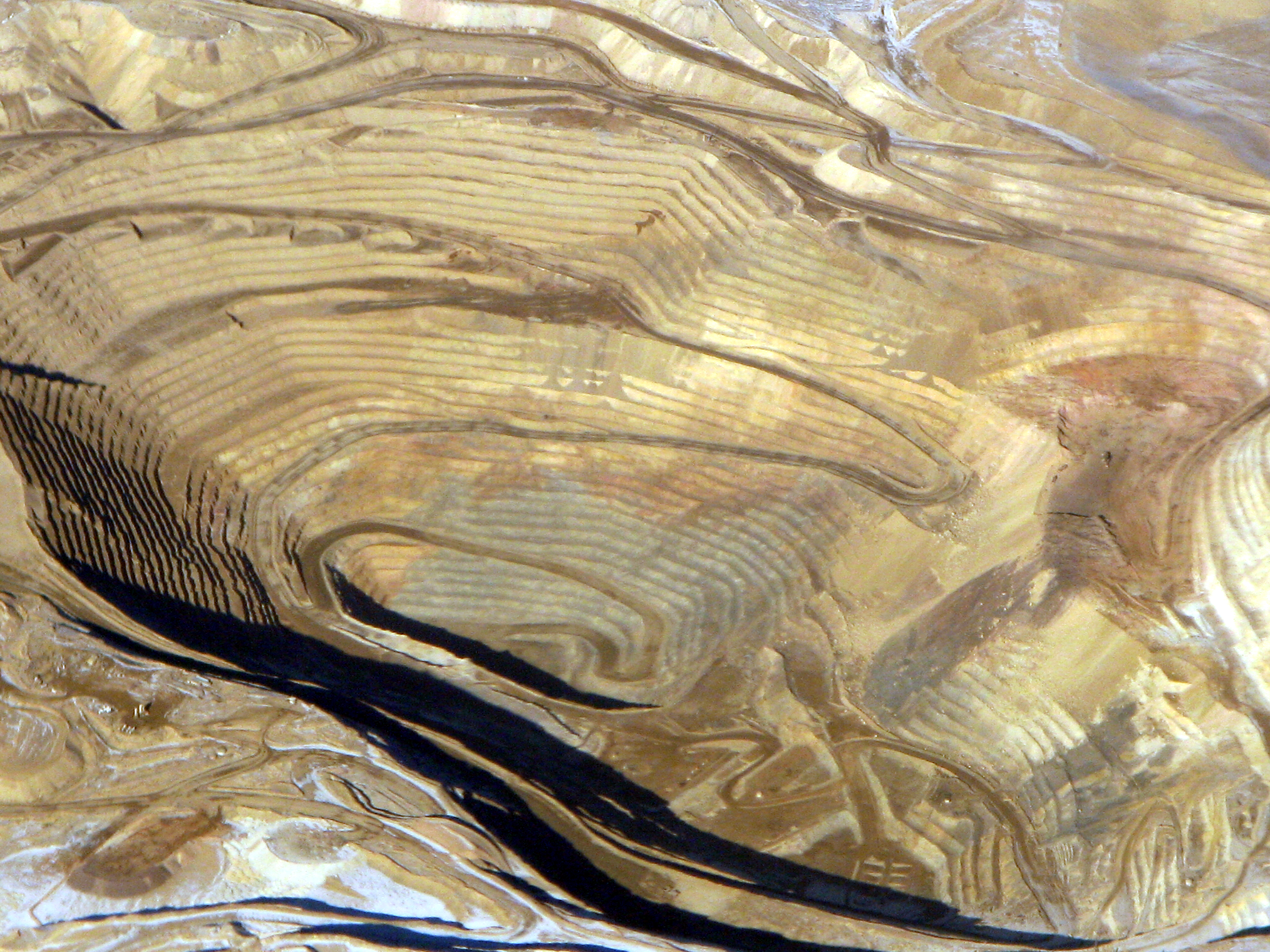
As we transition from coal, what will happen to those old mines? Two approaches are worth considering. One is a necessary expense; the other is a new kind of gold mine.
Days of the California Gold Rush (1848-1865) began an era of intense and often unregulated mining. In a frenzy of attack, 370 tons of gold worth (in today’s value) $16 billion were unearthed. In the United States, the 1872 General Mining Act regulated gold mines opened up by the Gold Rush, as well mines for extracting substances including lithium – needed today for batteries powering electric vehicles. Current competition for lithium mining rights is active across the United States, and the world. But what happens afterwards?

When a mine is depleted, it is often abandoned. In the U.S., there are 390,000 abandoned mines on federal land. More than 67,000 present physical dangers; 22,000 pose environmental risks. Mines seep metals and toxic materials into streams and rivers, polluting drinking water for humans and wildlife. Moreover, mines on sovereign land of original Native Indigenous Americans are insufficiently protected. From 2008 to 2017, the U.S. spent $2.9 billion addressing mining problems. Could cleaning up old mines become profitable? There is precedent. The Abandoned Mine Land Fund, instituted in 1977 as a mandate for the coal industry to clean up abandoned mines and upgraded by an addition proposed by Representative Liz Cheney, yielded not only improved environmental and health benefits but fees for future use; by 2020, more than $11 billion poured into the fund. What should we do with the money? Is there an incentive leading to opportunity?
Coal-fired plants are essential for the future: not for coal, but for their existing infrastructure. Coal-fired plants are wired to the grid. Getting permit permissions is a lengthy process; building grid connectivity infrastructure is expensive. Using existing wired infrastructure may be one answer. In the United States, former coal-fired plants are now being repurposed as battery, solar, and wind facilities. Colorado, Illinois, Maryland, Minnesota, Nebraska, New Mexico, Nevada, and North Dakota are among states phasing out coal while turning plants into renewable energy centers. In Massachusetts and New Jersey, seaside coal plants already wired to the grid are now being connected to offshore wind energy. Worldwide, there are 8,000 coal-fired power plants: China has 1,000; India has 285; the USA has 240. All of those are candidates for energy reuse and revitalization.

Mining is an ancient practice but its environmental safeguards need an upgrade, both in the United States and worldwide. New mines for lithium and other materials may develop. Coal mines will close but can serve a new goal. How can owners of coal-fired plants benefit from this opportunity? Repurposing coal-fired plants – already wired to the grid – to support renewable energy could turn what is now a liability into a new kind of gold mine.
Brooke, K. Lusk. “Phoenix Rising: The future of coal-fired plants and coal mining.” Renewing the World: Energy. Forthcoming. For related information, https://renewingtheworld.com
Heinrich, Martin and Chris Wood. “This mining law is 150 years old. We really need to modernize it.” 28 July 2022. The New York Times. https://www.nytimes.com/2022/07/28/opinion/clean-energy-mining-pollution.html?referringSource-articleShare
Lawrence Berkeley National Laboratory. “Queued up: Characteristics of power plants seeking transmission interconnection.” 2021. https://emp.lbl.gob/queues
Lawrence Berkeley National Laboratory, “Power plants seeking transmission connection – interactive data visualization link.” https://emp.lbl.gov/generation-storage-and-hybrid-capacity
McGowan, Elizabeth. “Federal funds to help turn Virginia coal mine into solar farm.” 8 March 2019. Energy News. https://energynews.us/2019/03/08/virginia-solar-farm-among-10-projects-to-receive-mineland-reuse-funds/
Misciagna, Vanessa. “A county torn over lithium mining could set the tone as America looks for renewable energy sources.” 15 April 2020. The Denver Channel. https://www.thedenverchannel.com/news/national-politics/the-race/a-county-torn-over-lithium-mining-could-set-the-tone-as-america-looks-for-renewable-energy-sources
Shao, Elena. “In a first, renewable energy is poised to eclipse coal in U.S..” 13 May 2020. The New York Times. https://nytimes.com/2022/07/15/climate/coronavirus-coal-electricity-renewables.html?referringSource=articleShare
State of Illinois. “Coal-to-Solar Program.” 2022. https://www2.illinois.gov/dceo/Media/PressReleases/Pages/PR0220601.aspx
United States. Government Accountability Office. “Abandoned Hardrock Mines.” March 2020. https://www.gao.gov/assets/gao-20-238.pdf
United States, Office of Surface Mining Reclamation and Enforcement. “Status of the Abandoned Mine Land Reclamation Fund (AML Fund).” Amendment initiated by Representative Liz Cheney. https://www.congress.gov/bill/117th-congress/house-bill/2462/text
Building the World Blog by Kathleen Lusk Brooke and Zoe G. Quinn is licensed under a Creative Commons Attribution-NonCommercial-NoDerivs 3.0 Un
